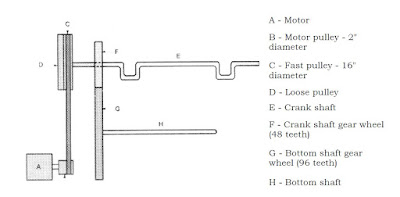The Art of the Bunch of Yarn: A Comprehensive Guide for Crafters

The Art of the Yarn Bunch: A Comprehensive Guide for Crafters In the realm of knitting, crocheting, and fiber arts, a "bunch of yarn" is an essential component that fuels creativity and brings projects to life. This humble phrase encompasses a world of possibilities, each stitch intricately woven with passion and skill. In this comprehensive guide, we 'll delve into the complexities of a group of yarns, unraveling its significance, terminology, and practical applications in the vibrant crafting community. What is a Bunch of Yarn? A bunch of yarn, often referred to as a skein or hank, is a continuous length of yarn that is neatly wound into a coiled or twisted configuration. This arrangement not only keeps the yarn organized but also serves as a convenient unit for measuring and distributing the fiber during the knitting or crocheting process. Bunch of Yarn Synonyms While the term "bunch of yarn" is widely recognized, there are ...
